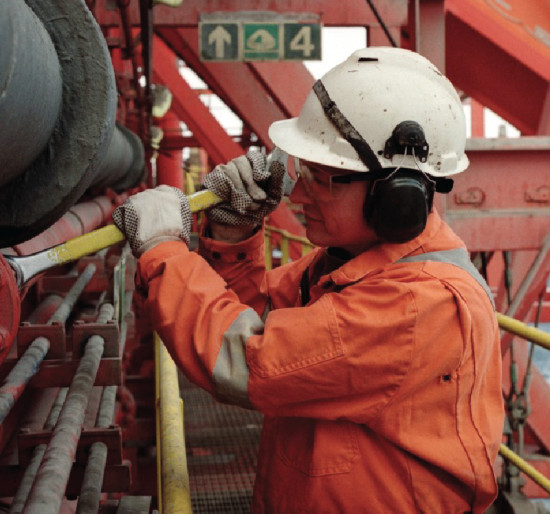Is FRP grating the correct choice for your offshore installation?
Renewables, Oil & gasThe fire resistance of composite deck gratings has become a subject of intense scrutiny
Marex director and risk manager Neil Smeaton discusses how the company has supported clients in evaluating the use of FRP grating onboard their offshore installations

Composite or fibre reinforced polymer (FRP) grating is commonly used for the construction of walkways and stairways throughout the maritime and offshore energy sectors.
The use of composite materials for this purpose brings many benefits when compared to the alternative of steel grating in terms of enhanced environmental resistance, reduced through-life costs and significant weight savings.
However, of particular relevance to the oil and gas industry, analysis has shown that FRP gratings may fail, or lose integrity, after exposure to relatively short duration hydrocarbon fires.
This issue was highlighted in the UK HSE Safety Alert 2-2012 which required duty holders to identify if composites are used in areas where they may be exposed to hydrocarbon fires and to establish means of ensuring that sufficient integrity will remain for their safe use. It is now also an expectation that this issue is acknowledged and addressed within installation safety cases.
Marex was asked by a number of existing clients to offer a means by which to address this issue by the development and implementation of a risk-based methodology which could be used to review the choice of gratings materials at the various locations across their installations.
Following on from an initial onboard survey to identify all areas of composite grating and a desktop review of the hydrocarbon fire consequence analysis detailed in the installation QRA, the methodology looked to respond to a set of key questions which would determine the acceptability or otherwise of the grating material currently in use.
Where areas of composite grating were identified as vulnerable to impairment (that is, unable to fulfil their intended function), recommendations were made for these areas to be changed out for steel grating.
However, the use of a risk-based methodology allowed the clients to avoid the unnecessary expense, and other impacts, of changing out all other areas of composite grating for steel where it may not be warranted.
By adopting a risk-based approach, offshore duty holders can balance the benefits of FRP with the imperative of safety.
- Can we help you take an effectual approach that gives you the confidence for continued safe operations offshore? Get in touch now…










